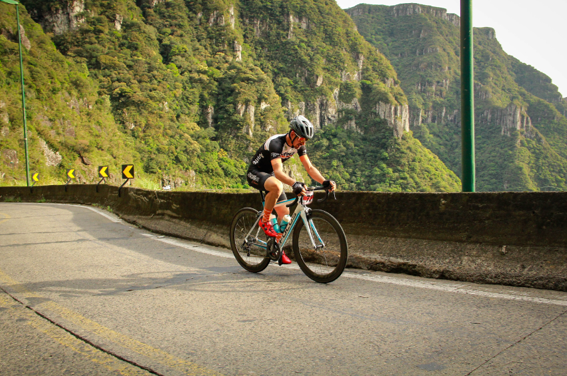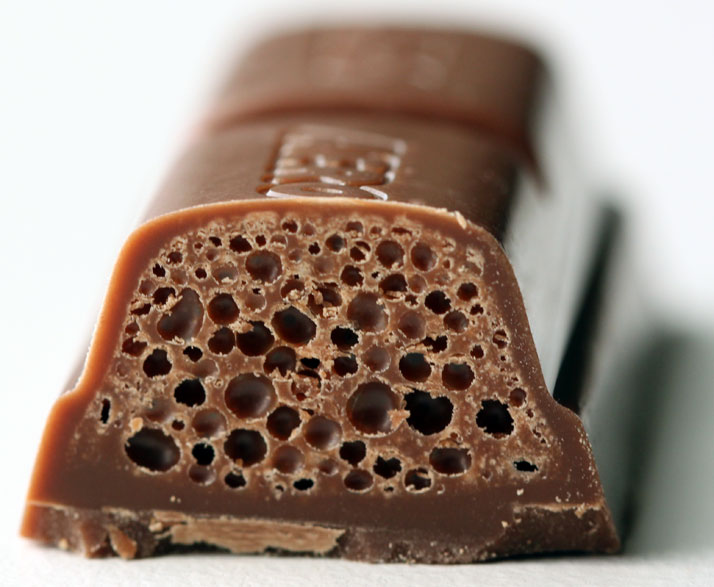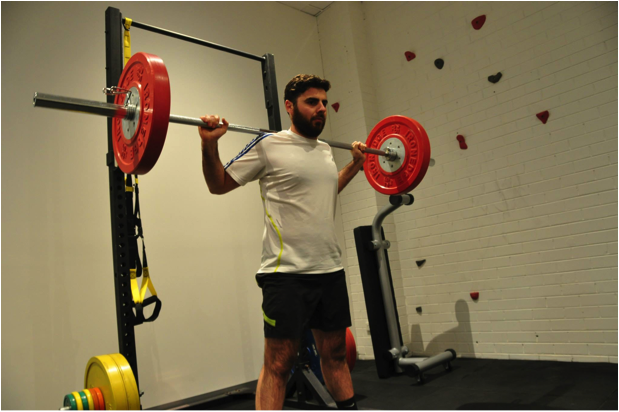It is well known that weight-bearing exercise is very important for bone development and bone density. Cycling, despite being challenging for your cardio vascular system, doesn’t put a lot of weight-bearing stress through bones in your body the way running or weight training does.
Let’s take a look at what ‘weak bone’ actually is and if cyclists are at risk of developing it.
What is weak bone?
Weak bone refers to two main conditions that relate to bone density – Osteopenia and Osteoporosis. Osteopenia refers to the early stages of bone density loss, while Osteoporosis is a more advanced stage of bone density loss. The concern with bone density loss is that the bone is more vulnerable to traumas causing fractures; this is especially worrisome in the elderly population. If you think of a chocolate bar for instance, the inside your bone it should have the consistency of violet crumble; weak bone, however, has the density similar to an aero bar.
Risk factors for Osteoporosis include increasing age, being female, nutritional deficiency (e.g. lack of vitamin D), lack of weight-bearing exercise and other disease (e.g. cancer).

An ‘aero bar’
Why worry about cyclists?
As I alluded to before, cycling does not induce a lot of weight-bearing stress on certain bones in the body. Weight-bearing exercise is important because the bones under that load adapt and become stronger. A study by Smathers et al. (2009) took 30 competitive male cyclists and compared their bone density to a similar population of male non-cyclists. The study found that the cyclists had a significantly lower spinal bone density than the non-cyclists with 9% of cyclists and 3% of non-cyclists being classified as osteoporotic, whereas 25% and 10% of cyclists and non-cyclists, respectively, were osteopenic. This finding was independent of any hormonal or body mass differences.
What should cyclists do to offset this risk?
First of all, an average cyclist or commuter probably does not have much to worry about; this finding is only in high-level cyclists. But if you have a family history of bone density deficiency or are a competitive cyclist and not doing much else, here are a few things that can help:
– Be sure you are eating a well balanced diet that includes good proteins, lots of green, leafy vegetables and enough calcium. Avoid drinking large amounts of coffee (this can cause key minerals to not be absorbed).
– Be sure to do some sort of weight-bearing exercise, for cycling I would suggest strength training or even running.
– Be sure to get plenty of sunlight – sunlight doesn’t give you vitamin D, but it helps convert it from an inactive form to an active form.
– If you have had multiple bone injuries your doctor may want you to get a bone density scan. If you do have one, try the preceding tips and then get re-scanned 3-12 months later.
 Squats are a great way to improve bone density
Squats are a great way to improve bone density
Thanks for reading,
Nick
About the Author:
Dr. Nicholas Tripodi is a Co-director and Osteopath at the Competitive Sports Clinic located in the Essendon District. Nicholas has particular interests in sports injuries, exercise rehabilitation and running and cycling analysis.
References
Smathers, A. M., Bemben, M. G., & Bemben, D. A. (2009). Bone density comparisons in male competitive road cyclists and untrained controls. Medicine and science in sports and exercise, 41(2), 290-296.



 Squats are a great way to improve bone density
Squats are a great way to improve bone density